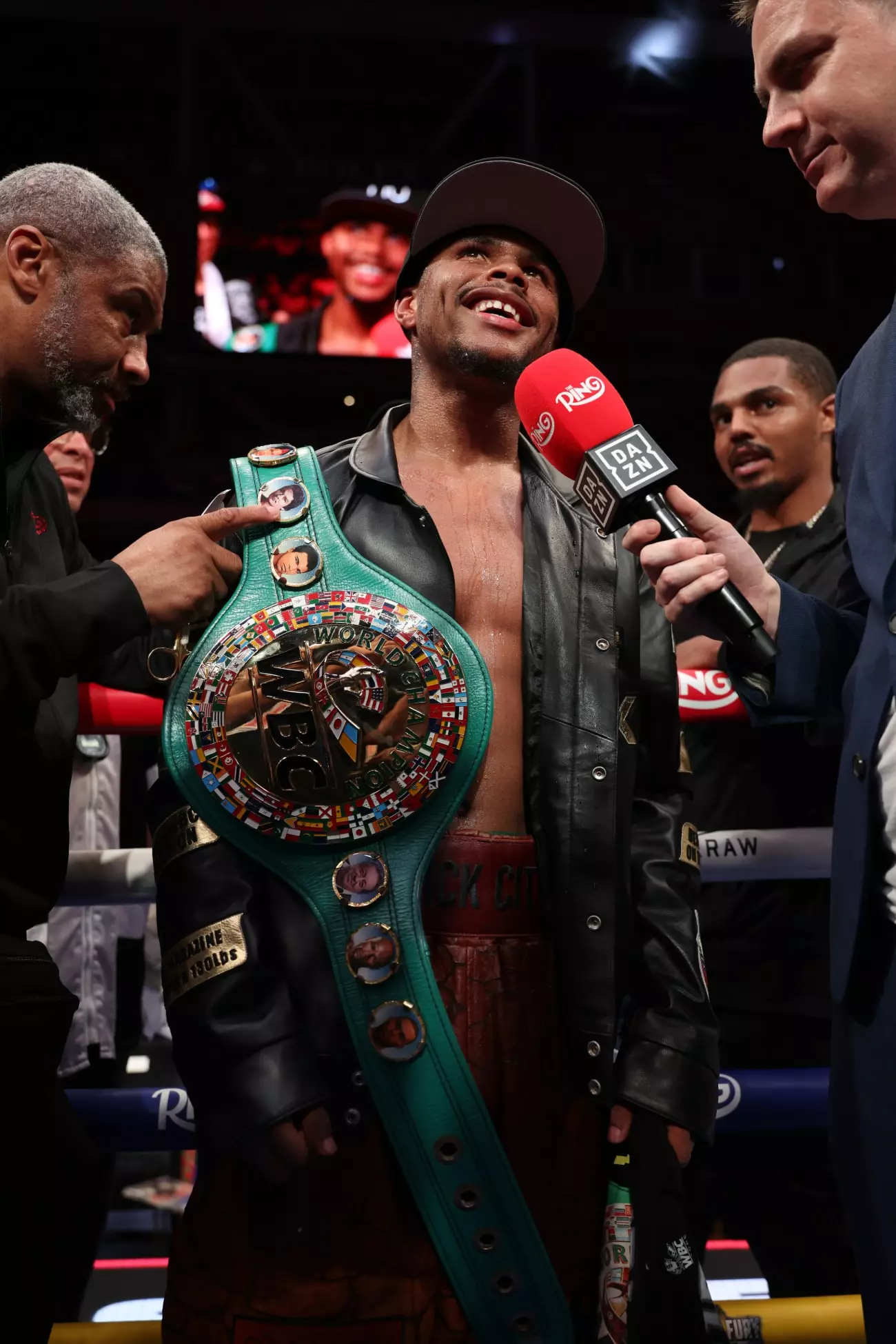Shakur Stevenson boldly asserts that he is the “best fighter on the planet,” a claim that demands scrutiny and critical analysis. Such confidence from a fighter is often admired, but when rooted in a fight record that lacks against the top-tier opposition, it raises questions. Stevenson’s declaration appears more like a calculated marketing statement rather than a reflection of proven dominance. To truly claim the throne among pound-for-pound elite, a fighter must consistently demonstrate superiority over the very best in the division. Currently, Stevenson’s resume at lightweight offers limited evidence to support his confidence. He’s fought opponents like William Zepeda, Artem Harutyunyan, and Joshua Padley—decent fighters, yes, but not towering giants in the weight class. The absence of wins against established elite punchers casts doubt on his self-proclaimed status.
Stevenson’s style is reminiscent of classic amateur boxing: excellent defensively, with technical finesse, but possibly lacking the raw power to dismantle big punchers. His opponents at lightweight have generally been volume punchers or fighters with moderate power; against De Los Santos and Jeremia Nakathilia, he demonstrated some vulnerability, often retreating rather than engaging. His reluctance to stand his ground against heavy hitters underscores a potential weakness—an inability or unwillingness to exchange blows with the division’s power stars. This tactical wariness—while commendable defensively—could hinder his claims of being the best if he refuses to showcase his ability against fighters who can truly test his chin and resolve.
The Supremacy Battle: Will the Lopez Fight Define His Legacy?
The impending clash with Teofimo Lopez has become more than just a scheduled bout; it’s positioned as the ultimate test of Stevenson’s manifold claims. Lopez, who has faced the division’s top contenders and delivered some memorable performances, is the perfect opponent to elevate Stevenson’s credibility—or expose his limitations. The fact that negotiations are only now heating up for a fight scheduled for early 2026 suggests that Stevenson may be overly cautious, prioritizing preparation and recovery rather than the urgency of cementing his place at the top.
Lopez’s recent comments about rushing to get the fight done indicate his desire to settle this rivalry sooner rather than later. The alleged delay until early 2026 could be strategic, or perhaps an indication that Stevenson’s team is wary—a sign that Stevenson’s confidence might not be entirely backed by readiness. Moreover, Stevenson’s current physical condition, impacted by hand injuries and after a punishing fight against Zepeda, raises questions about his preparedness for such a significant challenge. The extended wait might favor Lopez, who remains fresh and motivated to recapture his own glory. For Stevenson, meanwhile, the prolonged timeline could serve as an impediment, allowing other fighters to emerge or for old wounds to hinder his performance.
However, this matchup is about more than just winning—it’s about defining his legacy. If Stevenson steps up and defeats Lopez convincingly, he could justify his “best fighter” claim. But if he falters, especially given his history of avoiding or struggling against true power punchers, doubts surrounding his self-confidence will only deepen. It’s a critical crossroads: the fight’s significance hinges not just on the outcome but on whether Stevenson can demonstrate that he possesses the skills, resilience, and mental toughness to back his boastful assertions.
Reality Check: Is Stevenson Really Ready for the Big League?
While Stevenson’s bravado is admirable in theory, the reality is that fighters earn their reputation in the ring through repeated victories over elite opposition. Currently, he stands at 24-0, but the quality of those wins remains questionable when scrutinized against the division’s top talent. His fights have often been characterized by cautious aggression, relying on technical points rather than finishing with knockout power. This fighting style, while effective against mid-tier opponents, doesn’t necessarily translate into dominance when faced with more formidable adversaries who can absorb his shots or fight back with their own power.
His recent bout against Zepeda, a volume puncher, illustrated both his durability and his vulnerability. The extensive punishment he received signals that he still has vulnerabilities to address before confidently claiming the top spot. His injuries, especially to his hand, further complicate things, making his future performances even more unpredictable. If he cannot improve his offensive power and withstand the division’s top punchers, his proclaimed status as the best is more of wishful thinking rather than a fact rooted in proven dominance.
Ultimately, Stevenson’s approach seems driven by strategic career moves rather than pure confidence. Calling out Lopez and seeking a blockbuster fight appears to be more about marketability and securing lucrative purses than a genuine assessment of his skills. Without overcoming the challenge of elite opposition, his claims risk sounding hollow—becoming more about bravado than legacy. Only time, and a victorious performance against Lopez, will truly tell if Shakur Stevenson can live up to the hype and earn his place at the summit of boxing’s elite.


Leave a Reply